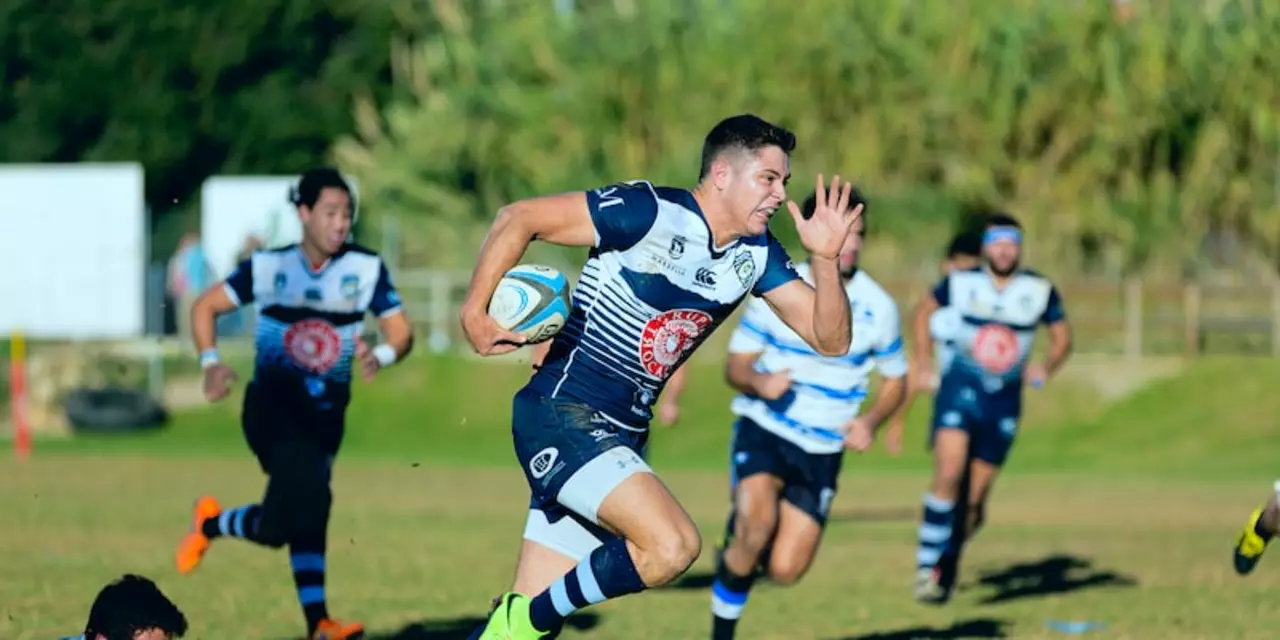Rugby Laws Explained – The Basics Every Fan Should Know
If you’ve ever watched a match at Portsmouth Rugby Club and wondered why the referee kept blowing their whistle, you’re not alone. The game looks chaotic, but underneath it all are clear, simple rules that keep everything fair. Below we break down the most important laws in plain English, so you can follow the action without getting lost.
The Basics of Rugby Law
First off, rugby is played with two teams of fifteen players each. The objective is simple: get the ball over the opponent’s try‑line and touch it down for a try. A try scores five points, and you get a chance to kick a conversion for two more.
Unlike American football, there are no downs. Play keeps moving until the ball goes out of bounds, a penalty is called, or a try is scored. The ball can be passed only backwards – a forward pass results in a scrum for the other side. Speaking of scrums, that’s a set‑piece where the forward packs from each team lock heads and push to win possession after minor infractions like a forward pass or a knock‑on.
A knock‑on happens when a player drops the ball forward, or the ball hits a player’s hand and goes forward. The opposing team gets a scrum in that case. If the ball hits the ground forward of the player, it’s a knock‑on and the same result applies.
Rucks and mauls are the other key contests. A ruck forms when the ball is on the ground and players from both sides bind over it, pushing to drive the ball backward. No hands are allowed in a ruck – you have to use your feet. A maul occurs when the ball carrier is held up but stays on his feet, and teammates bind around him to move forward. Both rucks and mauls require players to stay on their feet and bind correctly; otherwise, a penalty is awarded.
Common Penalties and How They're Enforced
Referees keep a close eye on dangerous play. High tackles (above the shoulders) are an instant penalty and can lead to a yellow card (temporary suspension) or red card (ejection) if the tackle is reckless. Tackling a player without the ball, known as a "hands‑off" or "obstruction," also draws a penalty.
Off‑side rules are another frequent source of penalties. In simple terms, you must stay behind the ball. If you run ahead of it, you’re off‑side and the referee will stop play, giving the other team a scrum at the place of the infringement.
When a penalty is awarded, the non‑offending team can choose to kick for goal (worth three points), kick for touch (gaining line‑out possession), take a quick tap and run, or set up a scrum. At Portsmouth Rugby Club, you’ll see players opt for a quick tap when they want to keep momentum, especially near the opponent’s try line.
Understanding these laws helps you spot when the referee is making a call and why. It also makes the game more enjoyable, because you can appreciate the strategy behind each scrum, ruck, and penalty.
Next time you join us for a match, try to notice the law in action – a forward pass, a high tackle, or a player staying on‑side. You’ll quickly feel like part of the game, not just a spectator.
Got a specific rule you’re curious about? Drop us a comment on the club’s forum or ask a coach after the match. Rugby’s laws are straightforward once you’ve seen them live, and Portsmouth Rugby Club is the perfect place to learn.

Why does rugby have laws and not rules?
Rugby is a physical sport that is regulated by laws rather than rules. This is because the laws of rugby are designed to promote sportsmanship, safety, and fairness in the game. The laws are set by World Rugby, the governing body of international rugby, and are enforced by referees during the game. By having laws, the sport can be adapted to different levels of competition, from junior to professional. Furthermore, the laws of rugby also promote tactical development by allowing coaches and players to work within the rules to develop strategies to gain an advantage. The laws of rugby are fundamental to the sport and are essential for its continued development.
view more

